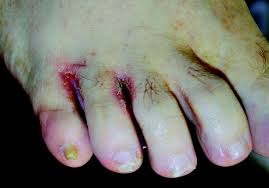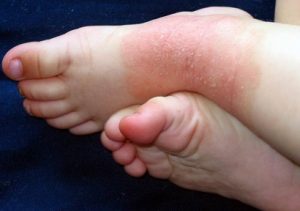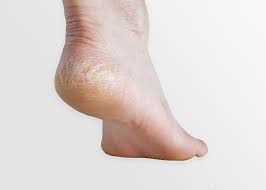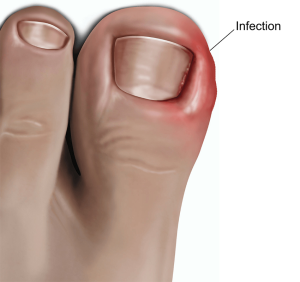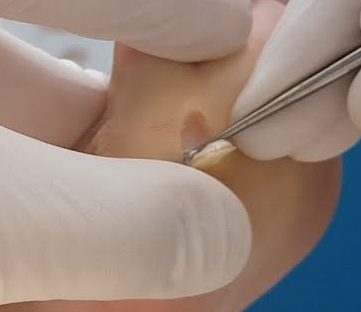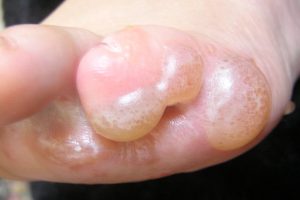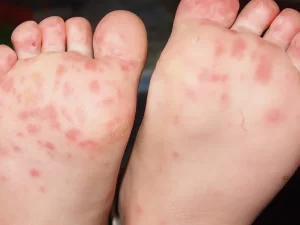
A foot rash can be caused by a variety of factors, including allergies, irritants, infections, and underlying medical conditions. Some common causes of foot rash include:
- Fungal infections: Athlete’s foot and other fungal infections can cause a rash on the feet. Symptoms may include redness, itching, and scaling.
- Contact dermatitis: Contact with an irritant or allergen such as a chemical, soap, or plant can cause a rash on the feet. Symptoms may include redness, itching, and blisters.
- Eczema: Eczema is a chronic skin condition that can cause a rash on the feet, as well as other parts of the body. Symptoms may include dry, scaly patches and intense itching.
- Psoriasis: Psoriasis is a chronic skin condition that can cause a rash on the feet and other parts of the body. Symptoms may include red, scaly patches and itching.
- Scabies: Scabies is a contagious skin condition caused by a mite. It can cause a rash on the feet, as well as other parts of the body. Symptoms may include intense itching and small, raised bumps.
If you have a foot rash, it is important to see your healthcare provider to determine the underlying cause and appropriate treatment. Treatment may include topical or oral medications, as well as measures to relieve itching and reduce inflammation, such as cool compresses or over-the-counter anti-itch creams. It is also important to keep your feet clean and dry and to avoid scratching the affected area, which can lead to infection.

